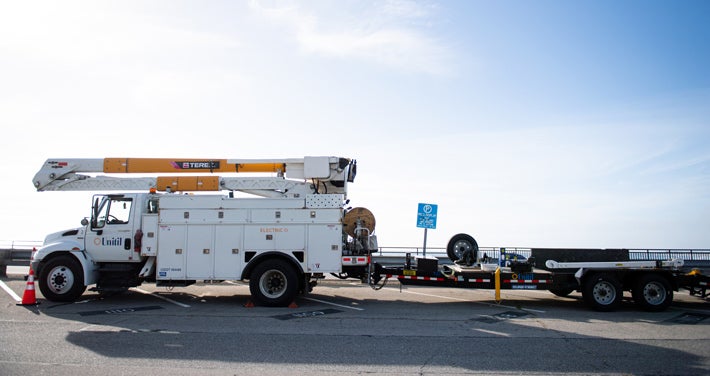If you’re a native New Englander, you’re no stranger to extreme weather. From blizzards and ice storms to hurricanes and astronomical high tides, every change of season brings a new set of challenges. Regardless of the cause, a power outage every now and then is something we all have to deal with. Read on to learn why you should have an emergency storm kit at the ready, and what to pack inside.
Perhaps one day power outages will be a thing of the past, but right now, the occasional service interruption is inevitable. Being prepared is something we can all do to ensure our safety and survival in the event of such an emergency, whether it’s a ruptured gas line in the neighborhood or ice build-up on tree limbs.
In 2003, the United States government launched Ready (and Spanish language version Listo), a public service campaign designed to promote preparedness through public involvement. The site is a treasure trove of information on subjects ranging from financial preparedness and emergency plans to preparation for pets and resources for individuals with disabilities.
FUN FACT: September is National Preparedness Month, sponsored by the Federal Emergency Management Agency (FEMA).
Below you’ll find a list of 10 must-haves that will help keep your family safe and comfortable in the event of a power outage – but don’t wait for an emergency to gather the items for your kit. Supplies may be limited, and besides, who wants to grope around a cold house in the dark looking for a flashlight?
Be sure to evaluate your own needs to ensure that everyone is provided for. Additional items might include infant formula and diapers, hearing aids, eyeglasses, or pet supplies. Pack the items in a box or tote, store it in a cool, dry place, and be sure everyone in your household knows where it is.
- Bottled water - Red Cross recommends one gallon per person per day.
- Non-perishable food and canned goods
- Peanut butter, canned meat and fish, cereal, etc. And don’t forget the manual can opener!
- Flashlight
- A hand-crank weather radio/flashlight combo doesn’t require batteries, and some models have USB ports for charging cell phones.
- Cash and change point-of-sale machines and ATMs rely on electricity to function.
- First-aid supplies, including any necessary medications
- Bandages, antibiotic ointment, disinfecting wipes
- Emergency phone numbers - you may not be able to access your contacts on your cell phone.
- Car charger for portable electronic devices - even a fully charged cell phone will need to be recharged eventually.
- Extra blankets or sleeping bags - look for an emergency blanket. They can reflect 90 percent of body heat and take up very little space. A perfect addition to your car as well as your emergency kit.
- Warm coats, hats, and mittens for all members of your household - even during the warmer months, an extended period without heat or hot water can be uncomfortable.
- Multitool - use the pliers to turn off utilities, and tweezers are handy for first aid.
Don’t wait for the lights to go out to prepare your emergency kit. Take inventory once a year to reassess your needs and replace any expired food or medications. Keep your emergency kit in an easily accessible location and be sure other members of your household know where to find it.



